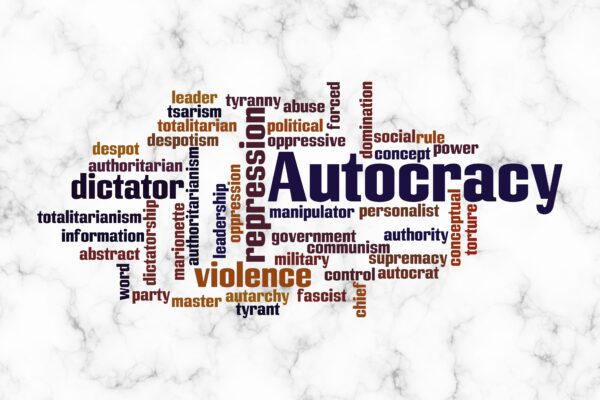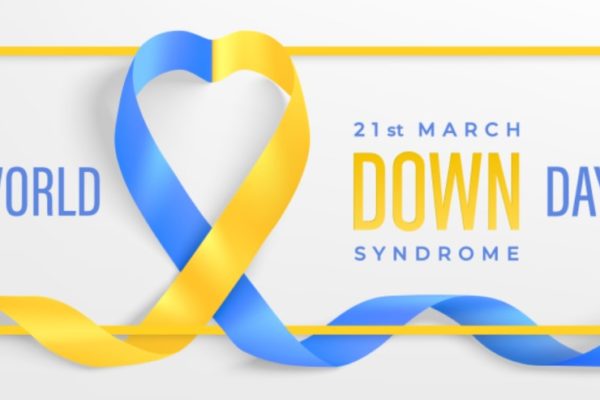A striking graphic caught my eye in The Economist this week. I’ve included it in this post as whilst I will try and unpack what is going on, the imagery is quite remarkable. The data is from a study by three co-authors Amory Gethin, Thomas Piketty from the Paris School of Economics and Clara Martínez-Toledano from Imperial College London – all of whom work with the World Inequality Lab.

Source: The Economist, May 29th 2021, p.85[i]
As the image shows, there has been a dramatic change in political thought across different sections of society over the 40-year period under examination. Broadly speaking in the period leading up to the 1970s data, the vote for left leaning parties, including those with a focus on democratic/social democratic or socialist underpinnings was associated with lower-educated, low-income segment of society. Whereas richer or more educated individuals voted for right leaning parties. Certainly, that was the stereotype that prevailed in my younger years, during the 70s and 80s.
To a certain extent that divide continues today, but what the authors find is that whilst the bifurcation between left and right is still clear across the spectrum of wealth, education is a different story. In the 1960s the ‘intellectual elite’ (the top 10% of the most well educated) would vote with left leaning parties, with the balance voting towards the right. Since then, there has been a gradual shifting along the educational axis, so that since 2010 the majority of the composition of left of centre parties’ vote is among higher educated individuals. There has been a transition from what they call “class-based party systems” to “multi-elite party systems”.
What is driving this transition is unclear and there are multiple factors that could be at play. Partly the data is influenced by the greater availability and access to education and the rise of individual topic parties covering issues such as the environment or populist thinking (e.g. Brexit).
It is curious though that we are seeing this when income inequality remains high and, as the authors note, we might have expected to see a shift back to politics demanding greater distribution of wealth and thus the share of vote spit on socio-economic factors. Instead, localised or thematic issues have driven the political agenda which have in turn challenged the orthodoxy of for whom or what one might vote.
I wonder if this narrow-mandate politics has diluted the values of political parties. I seem to recall the big picture thinking of Labour or Conservative – the ethos of what they believe in – being repeated within each press conference or political broadcast and reinforcing their beliefs and clarifying where they stood across the political divide. I rarely hear that in current political debates; instead, the focus is on the issue of the day driving public consciousness.
[i] Brahmin Left versus Merchant Right: Changing Political Cleavages in 21 Western Democracies, 1948-2020 https://wid.world/wp-content/uploads/2021/05/WorldInequalityLab_WP2021_15_PoliticalCleavages_WesternDemocracies.pdf






